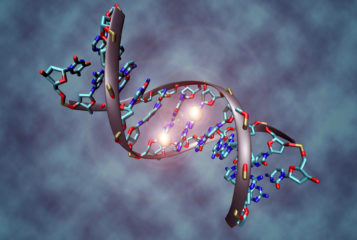Cell atlas of the human ovary published
Researchers have developed the first-ever spatial map of all the different cell types that make up the human ovary...

Researchers have developed the first-ever spatial map of all the different cell types that make up the human ovary...

Direct-to-consumer anti-Müllerian hormone tests are being sold to women across the world with the promise that they can help them predict and plan their fertility. Yet, that isn't what they are designed for argues Dr Karin Hammarberg…
UK fertility clinics have maintained their run of reporting none of the most serious types of adverse incidents for the second year running, a Human Fertilisation and Embryology Authority report has shown...
Use of urine hormone test strips by women to monitor ovulation, prior to IVF embryo transfer, results in the same pregnancy rate at 12 weeks, as those who had hospital-based ovulation monitoring...

A fully human ovarian organoid has been grown in the lab for the first time, with potential applications to improve understanding and treatment of female infertility...

Egg cells are kept in a form of stasis from when they are first formed in the fetus until they mature in adulthood, by a protein which regulates transcription, a new study in mice has shown...
High doses of follicle-stimulating hormone during ovarian stimulation may disrupt follicular function leading to reduced egg quality...

Microscopic sacs, known as exosomes, present in semen may shed light on previously unexplained cases of male infertility...

'Freezing Fertility' is a documentary by the Dutch broadcaster VPRO, which delves into the opinions and policies on egg cell freezing around the world...
A new preclinical study using human tissue grafted into mice has indicated that high levels of anti-Müllerian hormone may contribute to fertility problems and other symptoms associated with polycystic ovary syndrome...
BioNews, published by the Progress Educational Trust (PET), provides news and comment on genetics, assisted conception, embryo/stem cell research and related areas.

